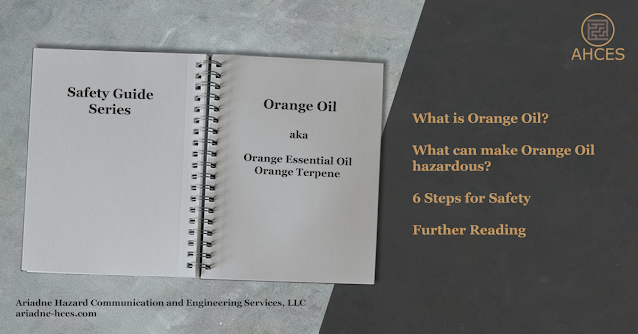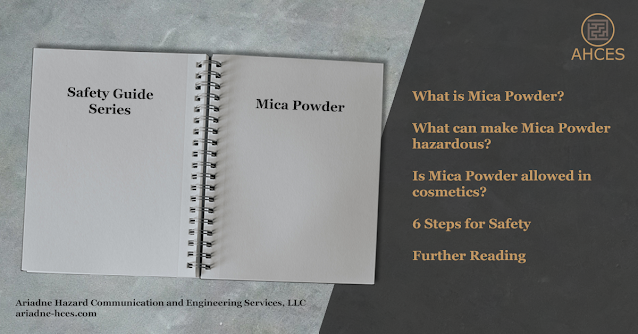Understanding DOT Class 3 Hazardous Materials: Flammable Liquids
Definition of DOT Class 3: Flammable Liquids
Class 3 covers flammable liquids. This also includes material classified as combustible liquids. These are liquids that have a flash point of not more than 60 °C (140 °F), as well as solids heated to liquid phase with a flash point at or above 37.8 °C (100 °F).
Note that if a flammable material would fit the definition of a gas as defined in the Class 2 definition, even if in a liquid state due to pressure and/or refrigeration, it is treated as a Class 2 material.
The formal definitions can be found at 49 CFR 173.120.
Difference between Flammable Liquids and Combustible Liquids
Combustible liquids generally have similar transportation concerns as flammable liquids and are also covered under Class 3, though are not treated as a separate division.
Combustible liquids may be a liquid which does not have any other hazard classes and has a flash point above 60 °C (140 °F) and below 93 °C (200 °F). A flammable liquid which does not have any other hazard classes and has a flash point at or above 38 °C (100 °F), when not offered for transportation by aircraft or waterborne vessel, may also be considered a combustible liquid.
Relationship Between Class 3 and OSHA Hazard Classifications
For Class 3 materials, there is a difference between the DOT definitions and the OSHA Physical Hazard Flammable Liquid categories.
For the purposes of the OSHA Hazard Communication Standard, there are four categories of Flammable Liquids.
Category 1 Flammable Liquids have a flash point <23 °C (73.4 °F) and initial boiling point ≤35 °C (95 °F).
Category 2 Flammable Liquids have a flash point <23 °C (73.4 °F) and initial boiling point >35 °C (95 °F).
Category 3 Flammable Liquids have a flash point ≥23 °C (73.4 °F) and ≤60 °C (140 °F).
Category 4 Flammable Liquids have a flash point >60 °C (140 °F) and ≤93 °C (199.4 °F).





Comments
Post a Comment